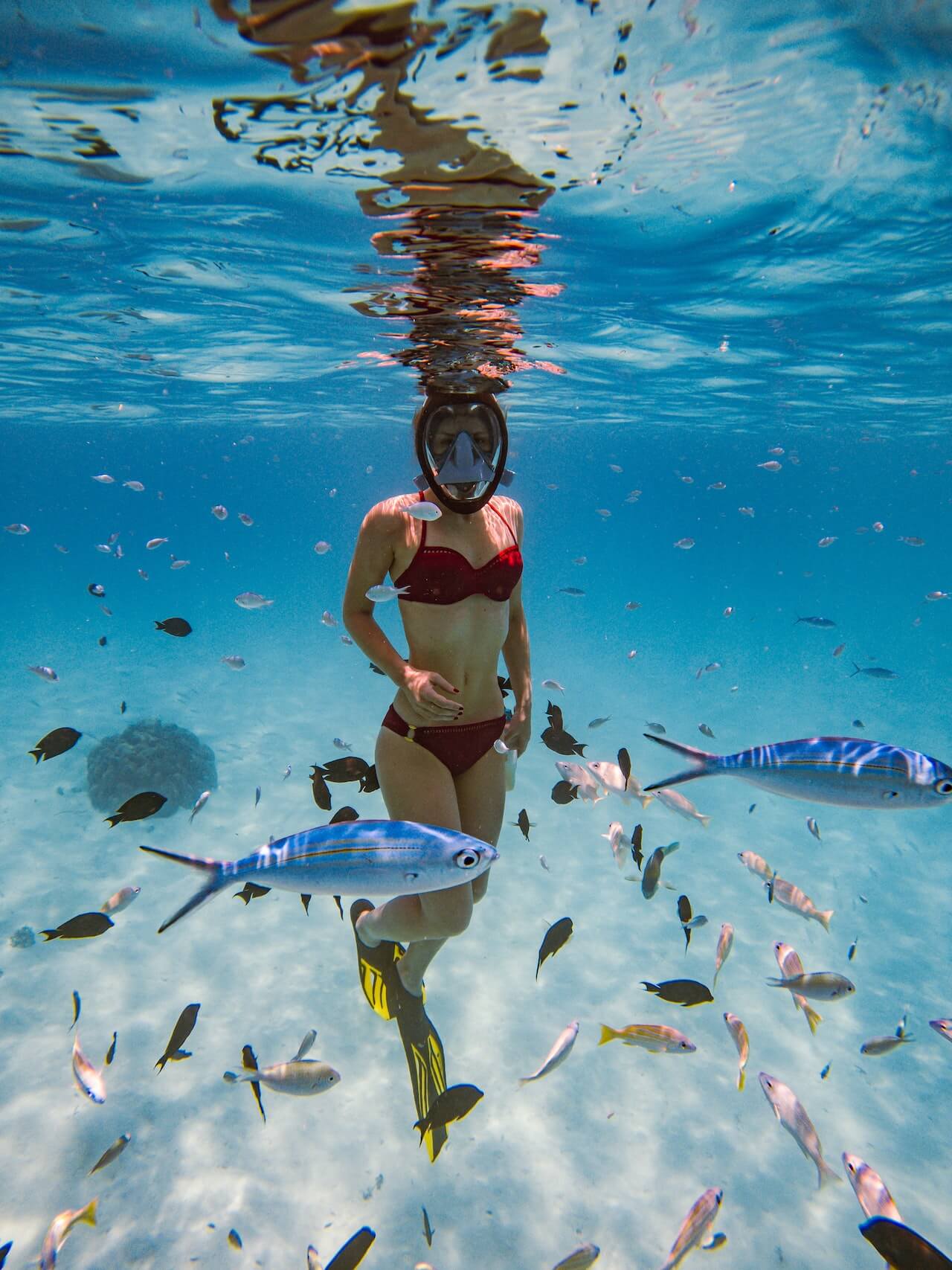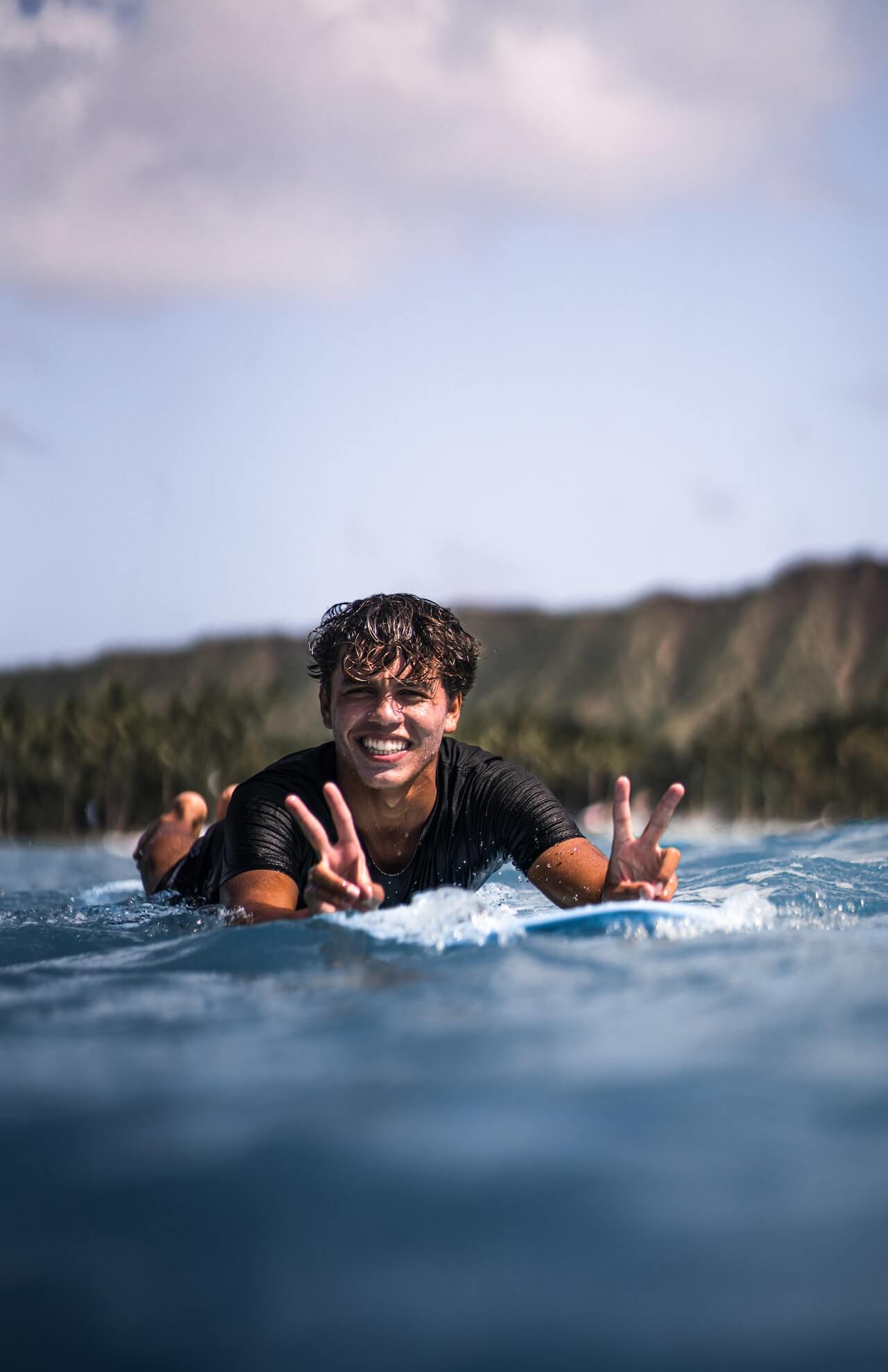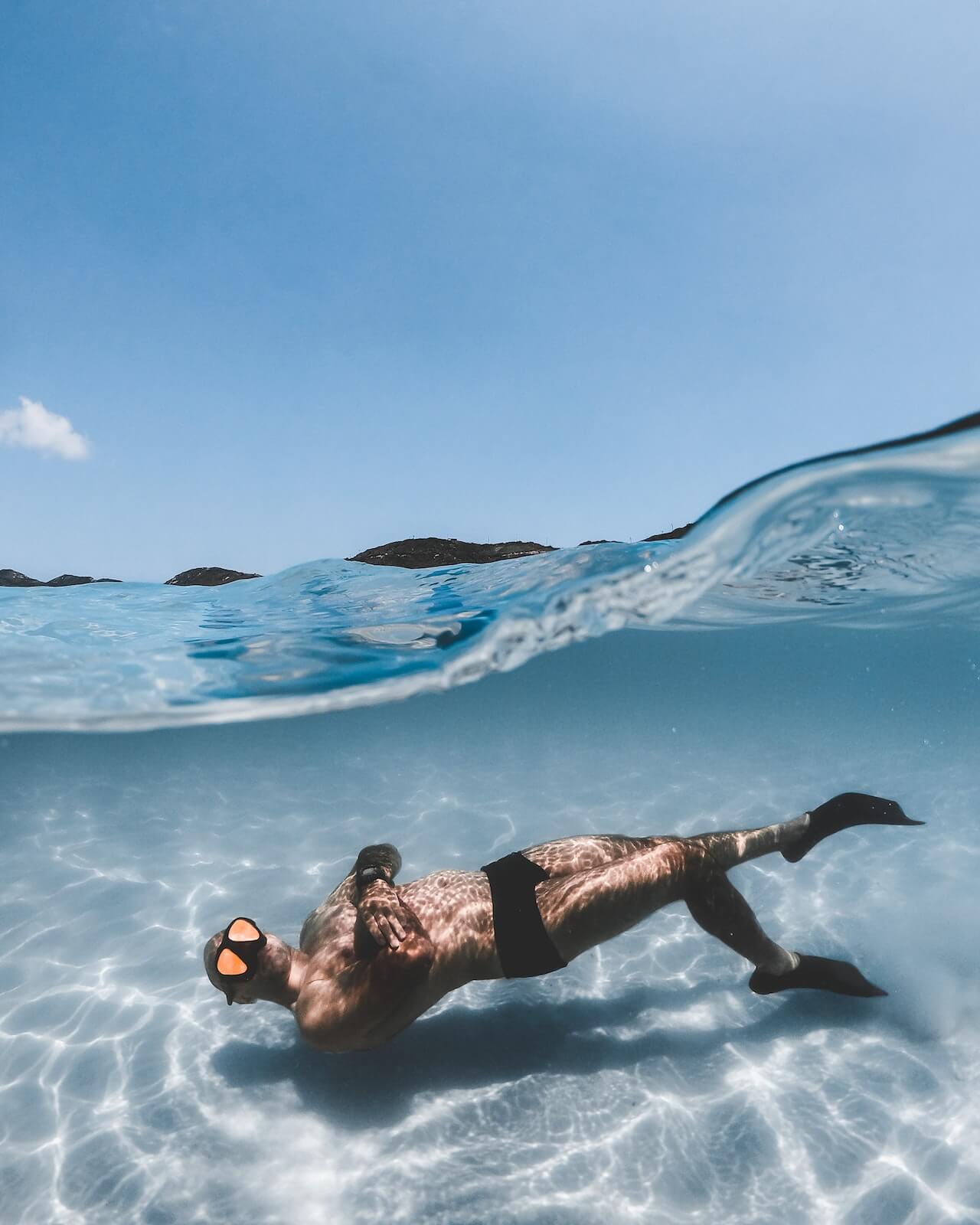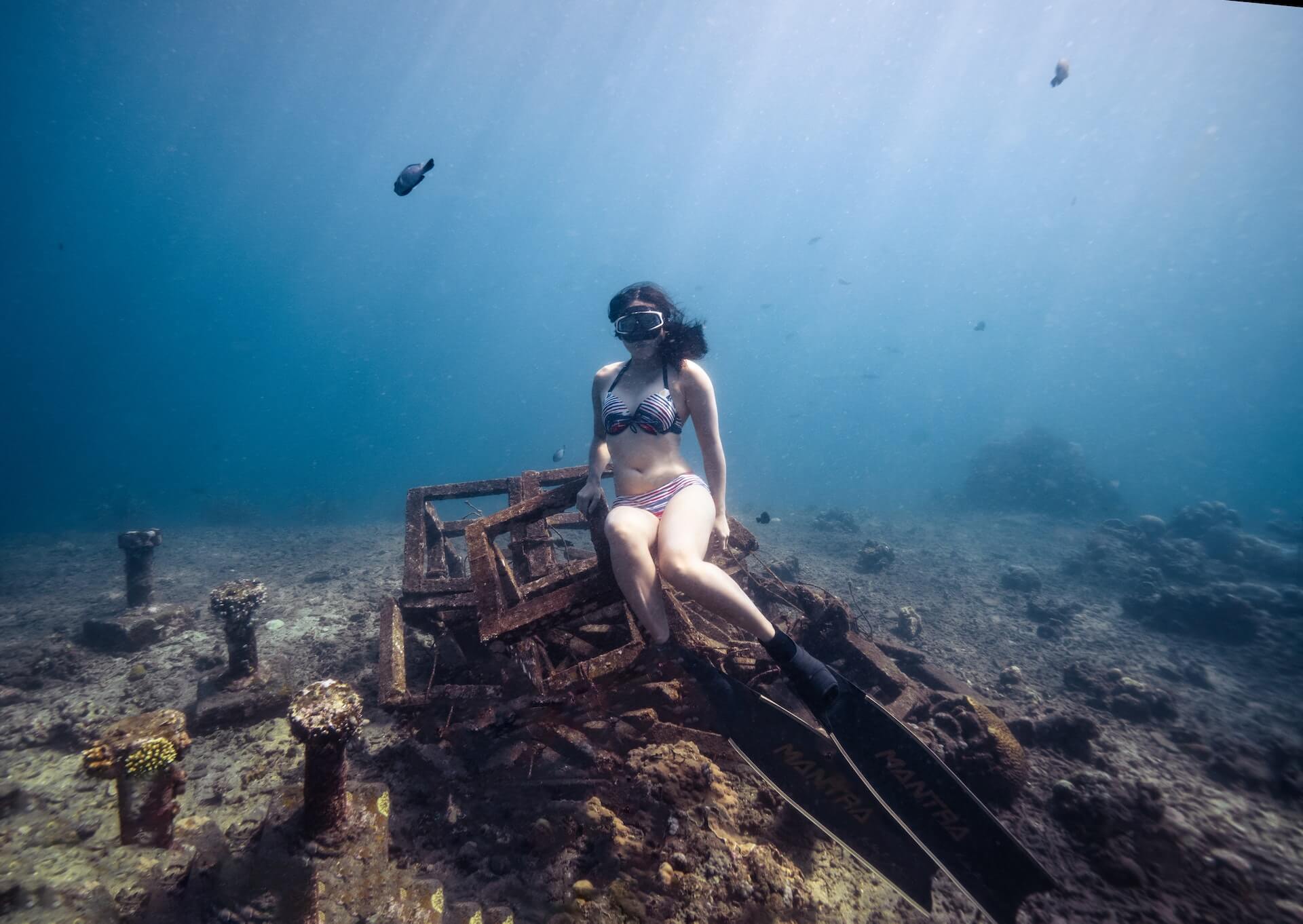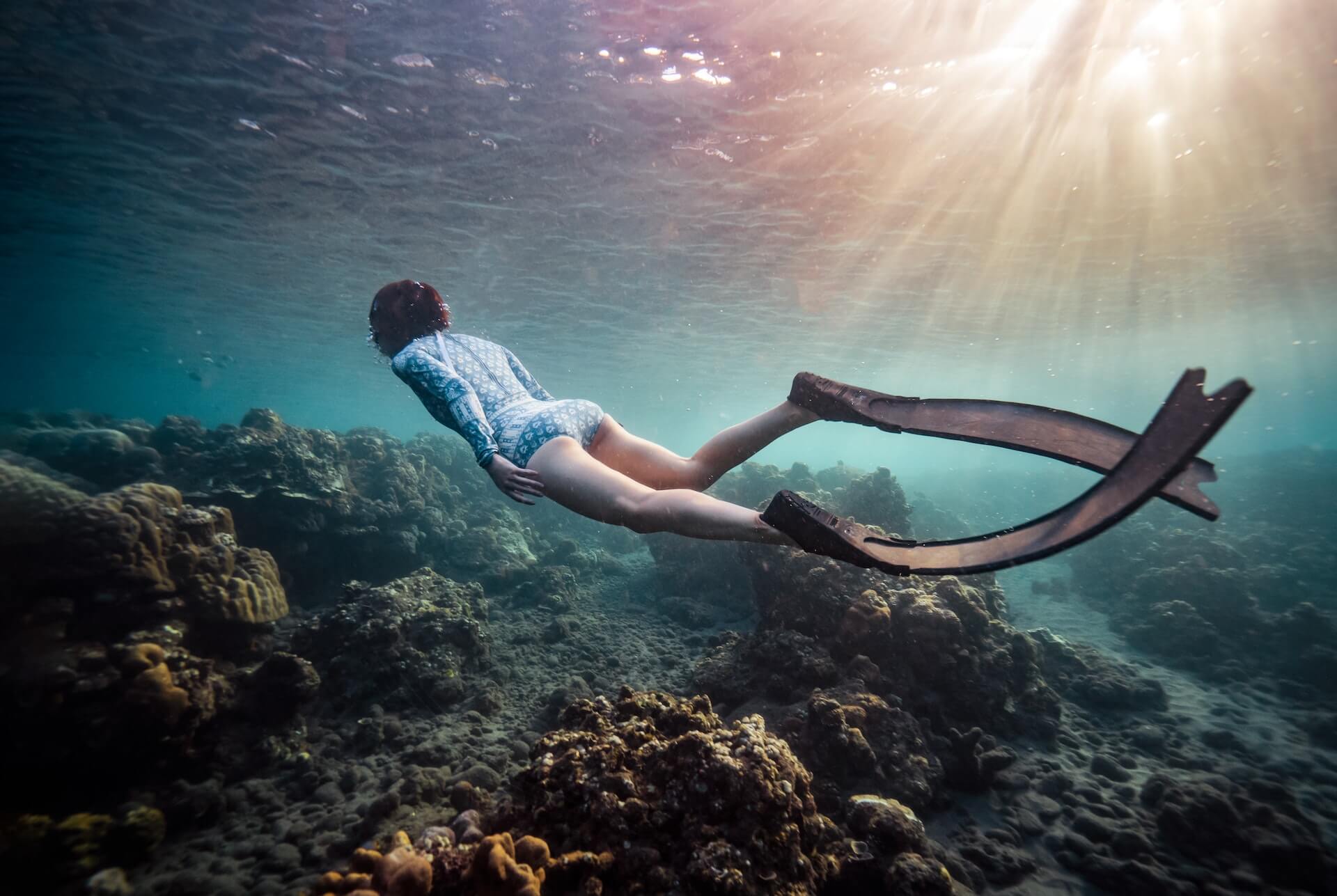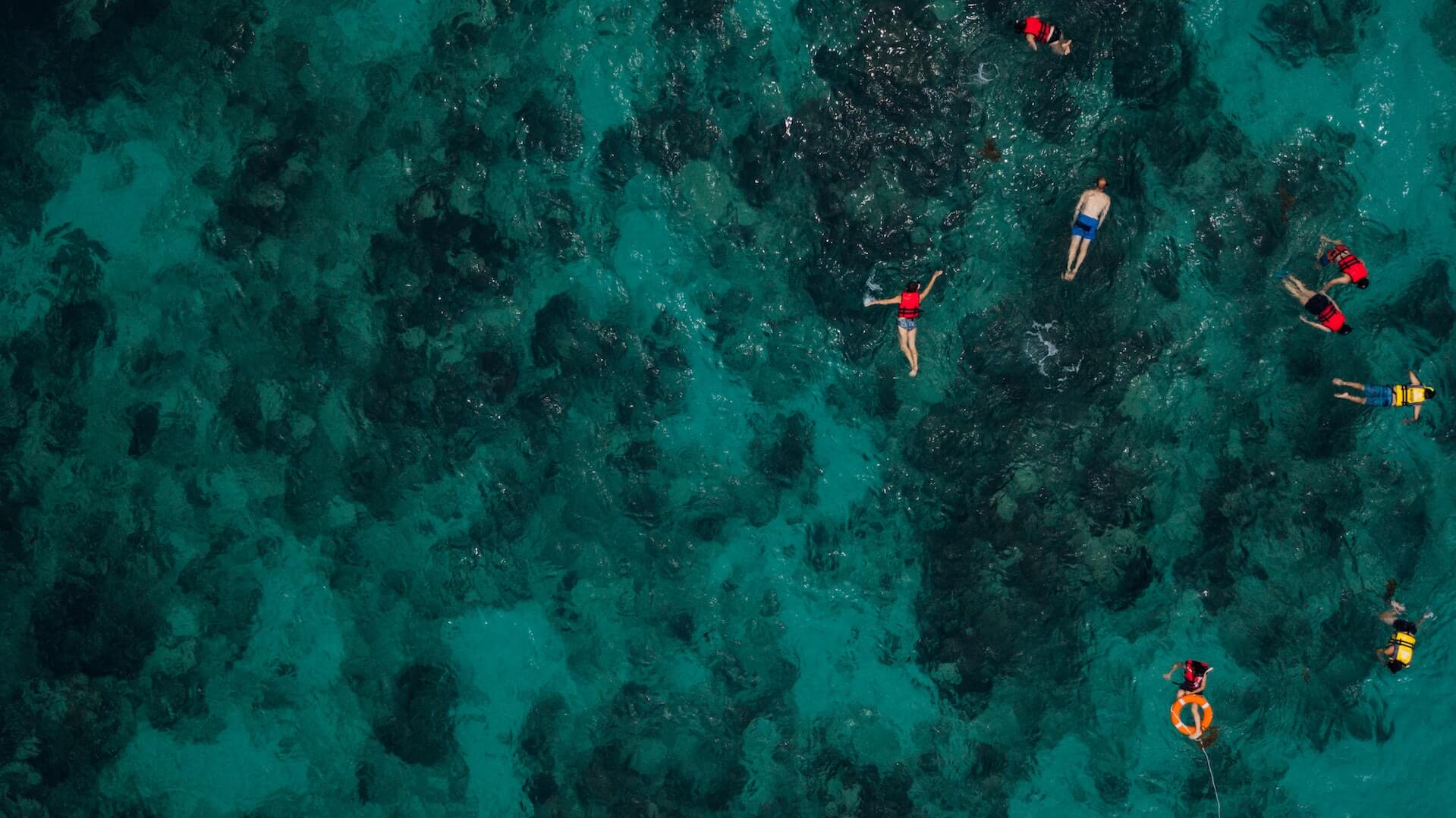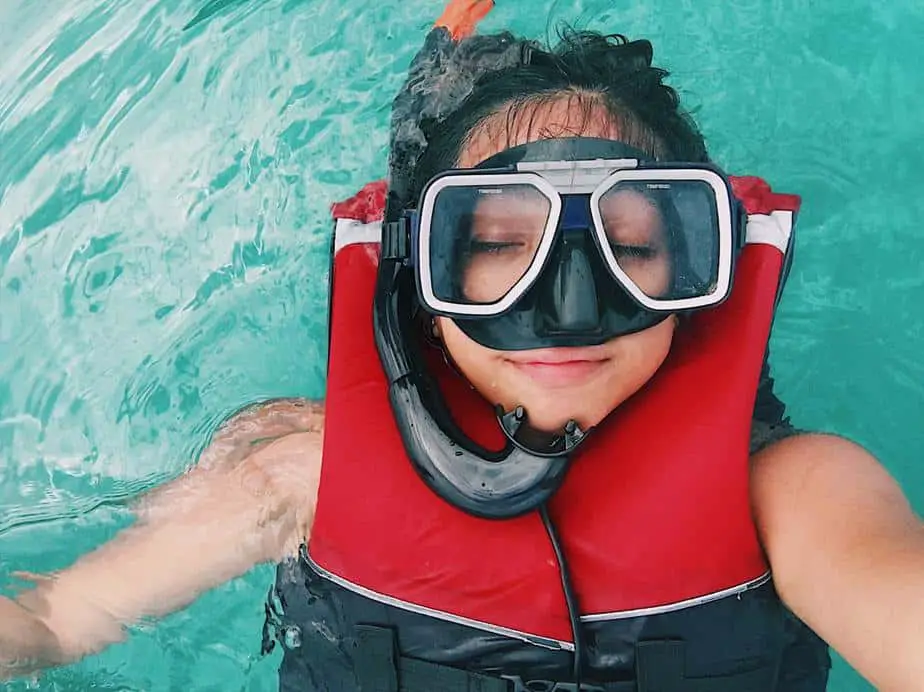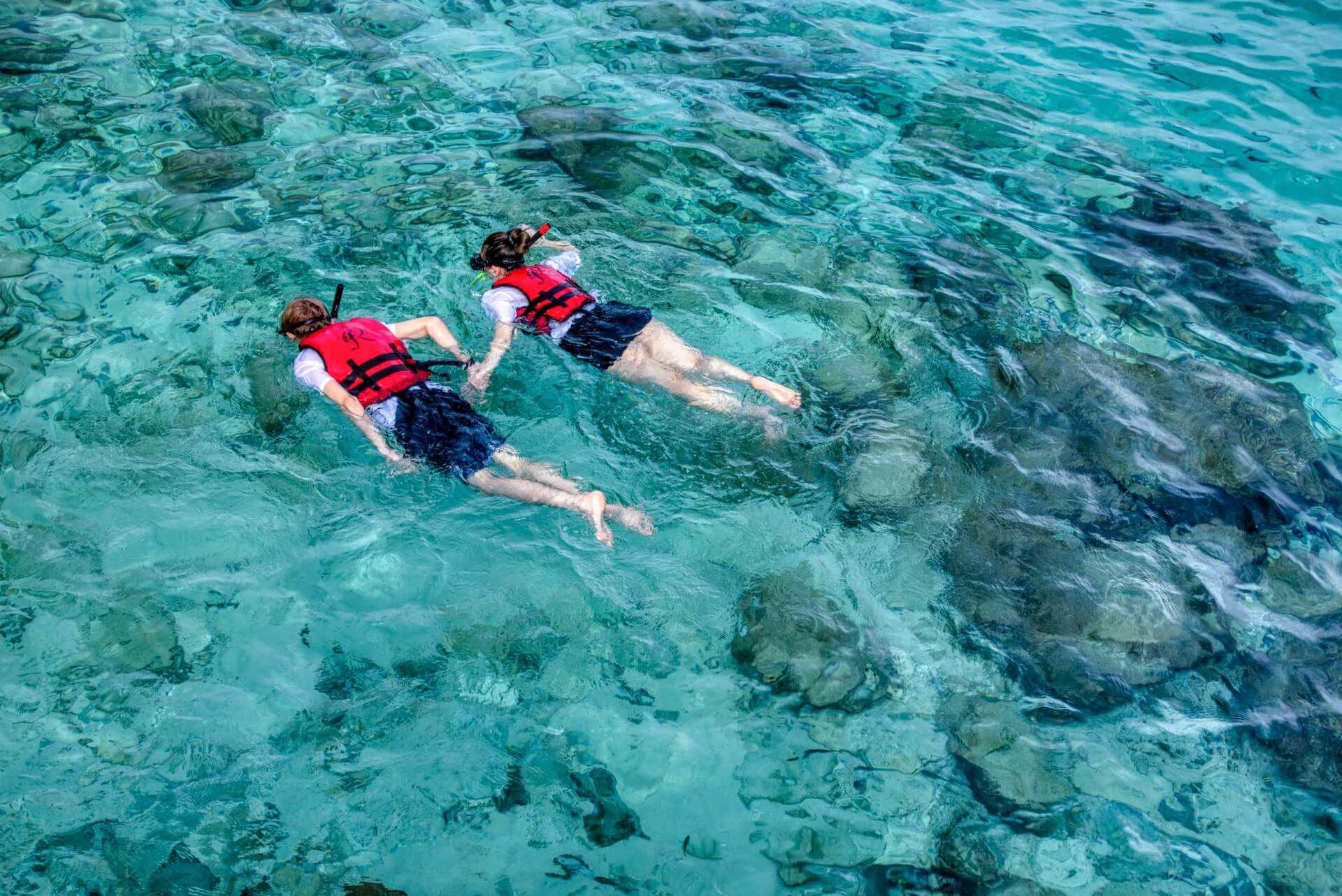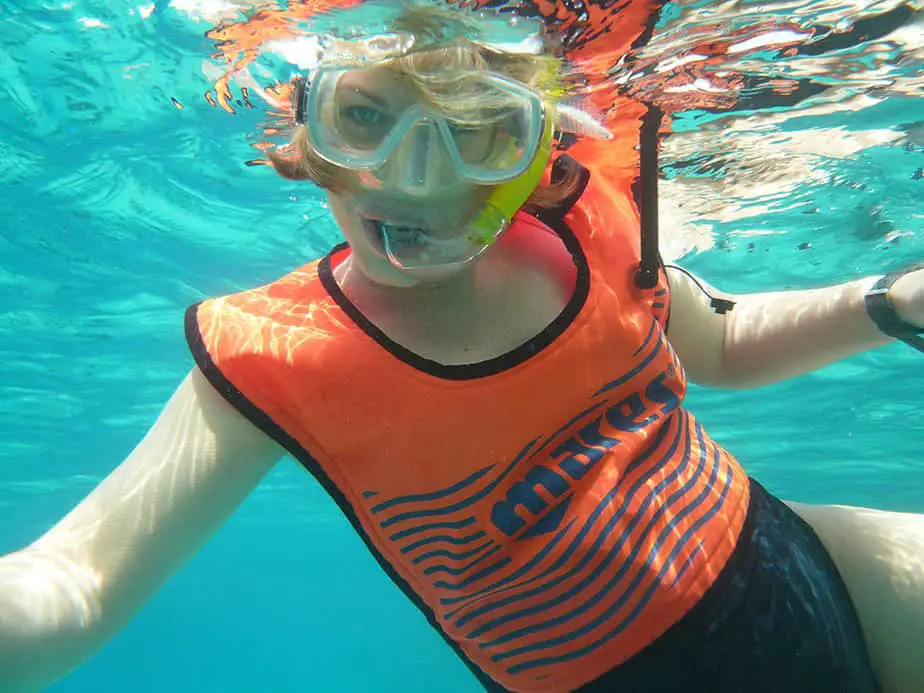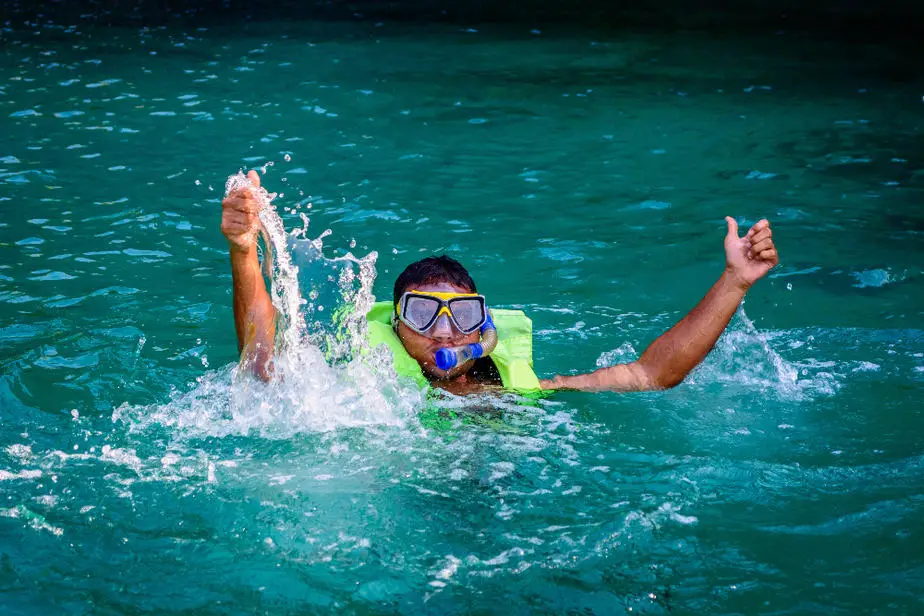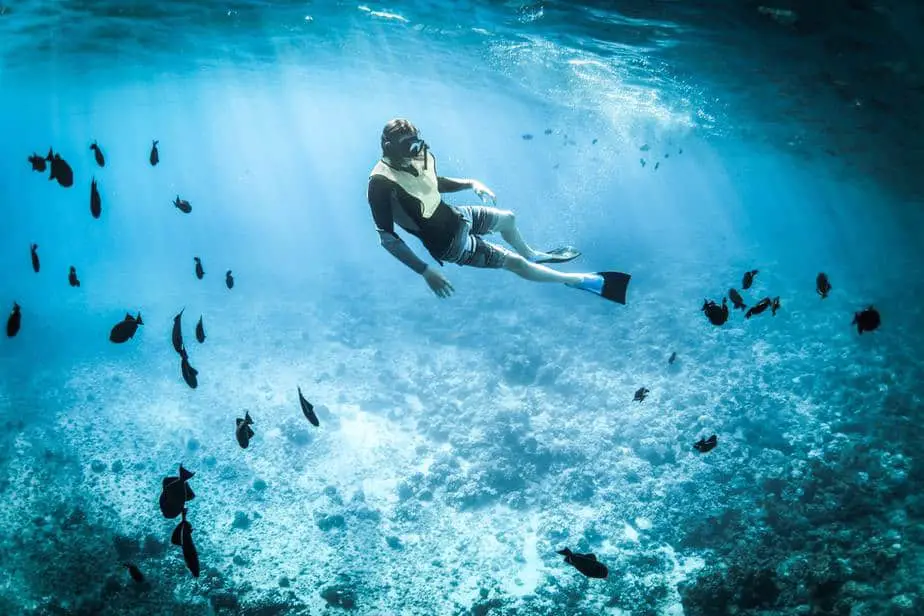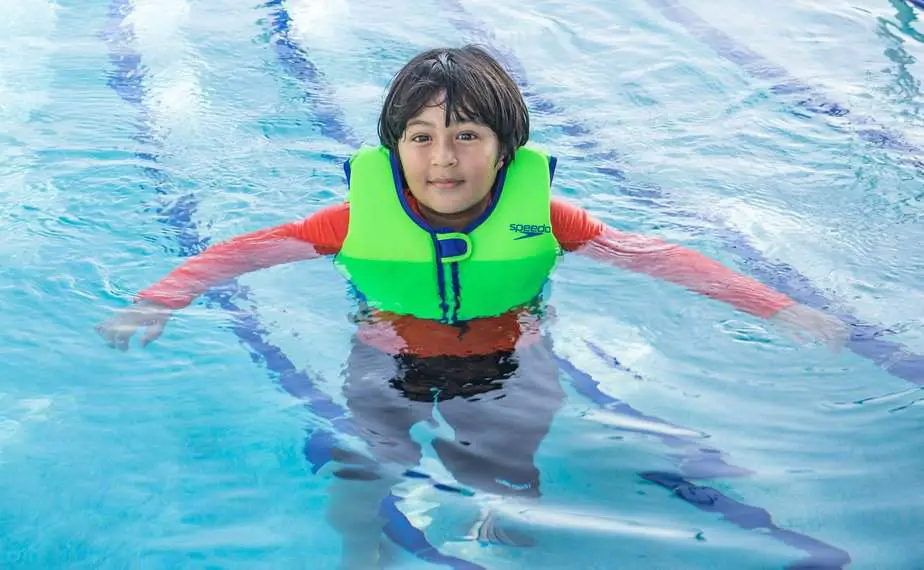Have you ever wondered if poop floats in the ocean? It might sound like a bizarre question, but this can be useful to know the next time you decide to take an aqua dump.
When fecal matter finds its way into the ocean, whether it sinks or floats depends on factors like the density and gas content of the poop as well as the water’s salinity. For instance, increased fat content can cause poop to float. On the other hand, if poop is denser than the surrounding water, it’s more likely to sink.
In this article, we’ll explore the factors that determine whether or not poop floats in the ocean, as well as what happens to it once it’s in the water.
What Determines Poop’s Buoyancy?
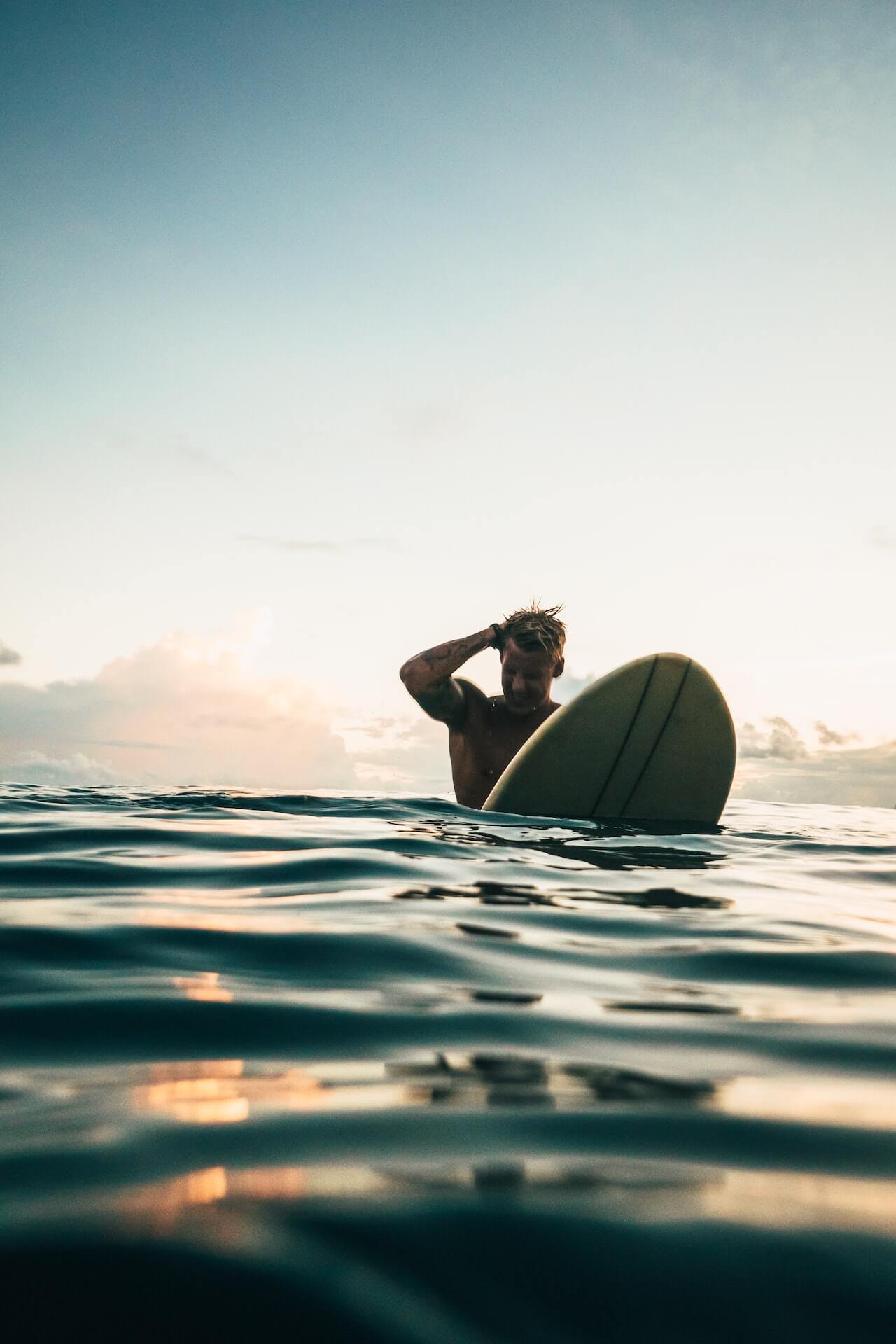
Composition of Typical Human Fecal Matter
The composition of your poop plays a major role in determining its buoyancy. Generally, human fecal matter is typically composed of 75% water and 25% solid matter. The solid matter consists of dead bacteria (30%), indigestible food matter such as cellulose (30%), cholesterol and other fats (10-20%), and inorganic substances such as calcium phosphate and iron (10-20%).
The buoyancy of fecal matter depends mostly on its water content. Fecal matter that is less dense than water will float, while denser fecal matter will sink. The presence of gas in the feces can also affect its buoyancy.
The buoyancy of fecal matter in ocean water may differ from that in freshwater due to differences in water density and salinity, and poop is more likely to float in saltwater.
Factors That Influence Buoyancy
There are several factors that can influence the buoyancy of your poop, some of which include:
- Dietary fiber: Consuming a high-fiber diet can lead to lighter and less dense poop, increasing the likelihood of it floating. Undigested fiber contributes to the bulk of your poop, and since it is not broken down by your body, it can make your poop float.
- Gas production: Excessive gas in your gut can make your poop less dense, which allows it to float. Gas in your poop may result from the fermentation of carbohydrates by bacteria in your large intestine.
- Fat content: A high fat content in your poop, possibly as a result of malabsorption, can cause it to float. Excess fat in your fecal matter may be due to an issue with your digestive system, such as problems with the liver, gallbladder, or pancreas.
- Water content: As you may expect, the water content of your poop also affects its buoyancy. Dehydration can cause your poop to become more dense and compact, making it less likely to float.
Understanding these factors and how they influence the buoyancy of your poop can help you better understand why your poop might float in the ocean or other bodies of water.
How the Ocean Affects Poop’s Buoyancy
When poop enters the ocean, various factors can affect its buoyancy, causing it to either float or sink. In this section, we will discuss two factors that play a key role in determining the buoyancy of poop in the ocean: salinity and temperature.
Salinity and Its Impact on Buoyancy
Salinity refers to the concentration of dissolved salts, mainly sodium chloride, in seawater. Higher salinity levels increase the density of water, making it easier for objects, including poop, to float. Due to variations in environmental conditions and ocean currents, salinity levels can fluctuate between different regions and depths in the ocean.
As a result, in areas with higher salinity (saltwater), your poop is more likely to float, while in areas with lower salinity (freshwater), it may not be as buoyant. Moreover, the presence of organic matter within poop can also affect its buoyancy. Over time, the ocean dilutes the fecal matter, dispersing the organic materials and thus altering its buoyancy characteristics.
Temperature and Depth Variations
Another factor that can influence the buoyancy of poop in the ocean is the variation in temperature and depth. Temperature affects the density of seawater, with warmer waters being less dense than colder waters. Consequently, poop is more likely to float in warmer waters and be less buoyant in colder waters.
Depth also plays a role in buoyancy. As you go deeper into the ocean, the water pressure increases, which can compress gas-filled cavities within poop and reduce its buoyancy. Furthermore, at greater depths, the higher density of the surrounding water may also contribute to the sinking of the poop.
What Happens to Poop in the Ocean
Immediate Response Upon Entry
When poop enters the ocean, it starts to disperse and break down due to the movement of water and the action of microorganisms. Some poop, like that of marine animals, is well adapted to this environment and is quickly eaten by other creatures or decomposed by bacteria.
However, human waste may take more time to be assimilated, so if your poop is floating, it may float for a while and affect people at the water’s surface..
Marine Life and Fecal Matter
The ocean is home to countless species that rely on the nutrients contained in poop for survival. Many types of microscopic organisms, such as bacteria and protozoa, begin breaking it down, converting it into a form that can be used by larger creatures like plankton.
This process, known as the fecal-oral route, helps recycle essential nutrients through the marine ecosystem, ensuring the ocean’s delicate balance is maintained.
Pollution and Marine Ecosystems
While poop is a natural part of the ocean ecosystem, human activities can lead to an increase in waste discharge, overwhelming the ocean’s capacity to manage it.
For instance, heavy rainfall can cause urban runoff and overflowing sewage systems to pollute the ocean with fecal matter and other contaminants. This can result in negative impacts on marine life, pose a risk to human health, and damage local habitats.
The Role of Poop in Nutrient Cycling
Poop plays an essential role in nutrient cycling within aquatic ecosystems. After being broken down by bacteria, it eventually gets released back into the water as nutrients like nitrogen, phosphorus, and carbon.
These nutrients support the growth of plankton and other marine organisms, which in turn provide food for larger species. The cycling of nutrients through poop, therefore, contributes significantly to the health and stability of the marine food chain.
Frequently Asked Questions
Can humans poop underwater?
Yes, humans are capable of pooping underwater, as both the act of defecation and holding the breath are controlled by the same muscle – the diaphragm. However, consider the hygiene and environmental impact before deciding to do so in a public water body.
What happens when you poop in the ocean?
Pooping in the ocean introduces human waste into the marine ecosystem. This waste can contribute to water pollution, creating potential health risks for humans and animals in the ocean.
Furthermore, the process of decomposition produces nasty smells when feces break down in water. If your poop floats, then it can also potentially come into contact with others, including yourself.
Do fish consume human waste?
Fish and other marine creatures might ingest small particles of human waste, mistaking it for food. However, it is not a usual or desirable part of their diet. Consuming human waste can have negative effects on their health and potentially lead to the buildup of toxic substances in their bodies.
What makes feces float or sink in water?
The floating or sinking of feces in water is determined primarily by its density and gas content. Feces containing higher amounts of gas, such as methane, are more likely to float, whereas denser feces with less gas content usually sink. Factors such as diet, digestion, and health conditions can influence the buoyancy of feces in water.
Sources:

